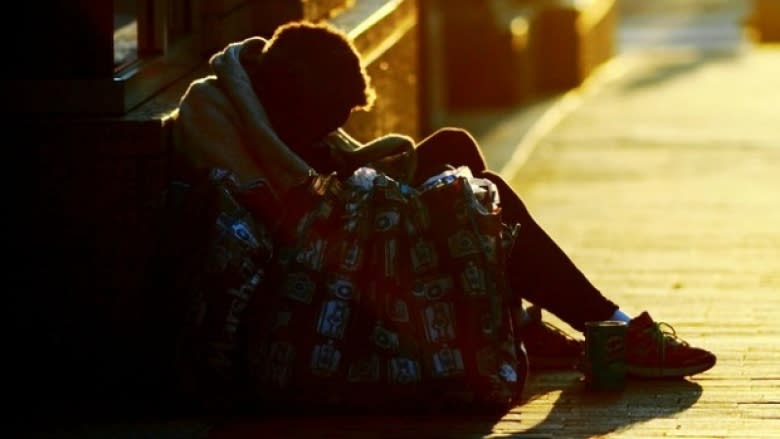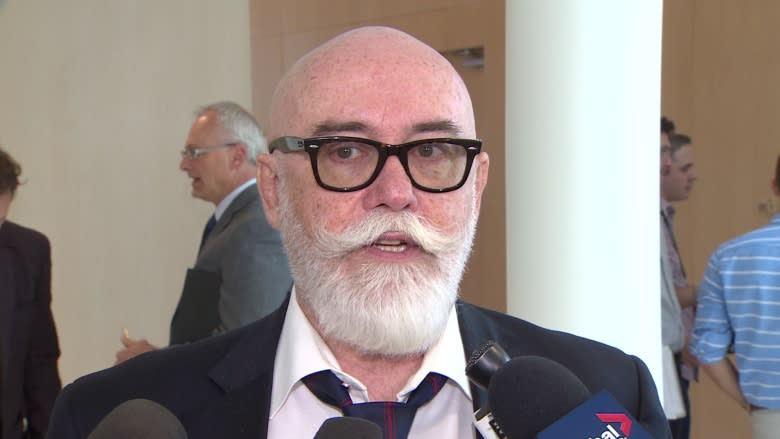'Hard-to-house' weak link in effort to end homelessness in Edmonton, report says
Edmonton is nearing the end of its 10-year plan to end homelessness, but a solution to the problem remains a distant reality.
A new report called "Addressing Hard-to-House Homeless Population" shows Edmonton has built less than a third of the supportive housing units the plan called for in 2007.
Now nine years into the initiative, 213 housing units have been built of an estimated 1,000 needed to fill the demand.
In October, a city-wide "point in time" count uncovered about 1,750 homeless people living on Edmonton streets.
"The dark side of all this is the fact that we have not looked after these people," Coun. Scott McKeen told CBC News Monday.
"Why haven't we done it? It's a really good question."
The report shows that the chronic or "hard-to-house" population is the toughest to help.
City council is scheduled to review the report at a meeting Tuesday, which includes a recommendation that the mayor write provincial ministers and express the need for both levels of government to work together.
But a solution will take effort from three levels of government, said Gary St. Amand, CEO of Edmonton's Bissell Centre.
St. Amand is hopeful the federal government will come through for Edmonton and its need for supportive housing.
"Not only in terms of numbers of investment, but also the alignment between the three orders of government so they're not approaching the conversation from different perspectives and trying to accomplish different things," St. Amand said.
But supportive housing is expensive, he said, adding that many of the hard-to-house or chronic homeless wouldn't be able to live on their own without support for mental and physical illness.
No more NIMBY
It will also take social and political will, McKeen suggested. The multi-layered issue is perpetuated in part by societal values, he said.
"I think governments haven't done it in part because there's no huge outcry," he suggested.
"If there was a huge outcry, if there were rallies at the legislature, in front of the city hall, I don't think we could ignore it anymore."
McKeen said communities need to accept some role and responsibility to have these extended-care housing facilities in their neighbourhoods.
He said he hopes the city will not continue to get the "not in my backyard" reaction like when affordable and supportive housing initiatives were proposed in the past.
"Frankly, I think this is where politicians are going to have to develop a spine and say, 'Well no, this is what we do. What we do as a community is look after people who need to be looked after and we're going to do that.'"
One example of a success story is Ambrose Place, a supportive housing facility for Indigenous people in the McCauley neighbourhood.
McKeen said a previous community league had originally opposed it, delaying the project by three years.
"I do believe that if you or I were treated like a stray dog every time we stepped out on the street, 'No, you can't be here, get out of here,' that we'd have actually start to turn on culture as well." he said.
"These people change. They get healthier, they get happier."
The city report also calls for an updated version of the 10-year plan to end homelessness to be presented to community partners and the province by March 13.



